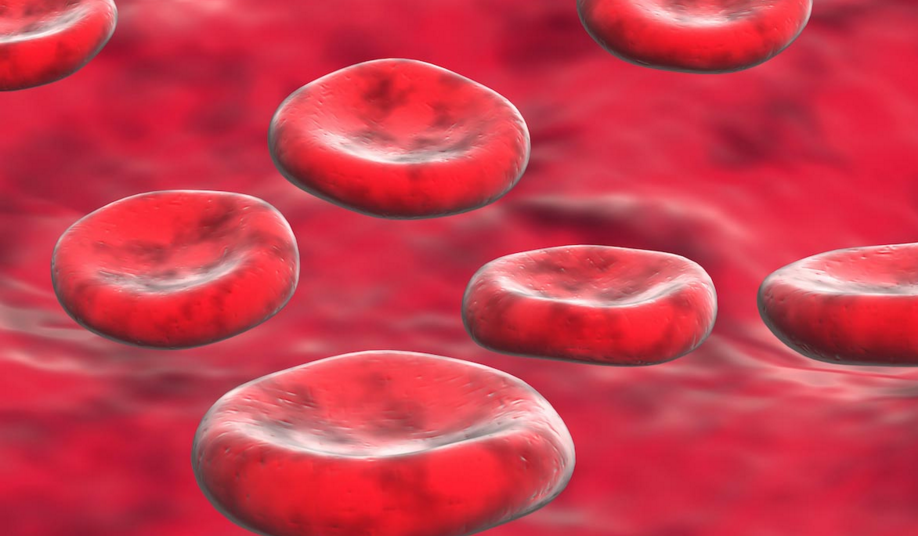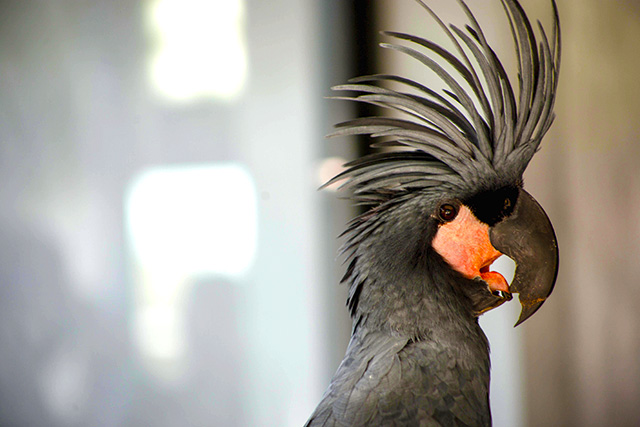Top 3 reasons why flying on a plane makes you bloated and gassy (and generally less fun to be around)
04/02/2019 / By Edsel Cook

High-altitude flights could cause you to experience painful bloating and embarrassing flatulence throughout the trip. This gastrointestinal syndrome is called high altitude flatus expulsion (HAFE). Understanding the primary causes of HAFE can show you how to reduce the chances of this gut problem popping up during your next long flight.
The best-known reason for HAFE is that air pressure goes down as the altitude increases. The reduction in pressure allows gases to spread out and take up more space than usual.
Now, your gut always contains gas. The exact composition depends on what you have eaten, drunk, or swallowed. Some food and drinks – like carbonated beverages – increase the amount of gas in your gut.
During a flight, these gases expand as the aircraft rise into the sky. As more gas come into contact with the bowel walls, they begin pushing on the intestine. This produces an unpleasant feeling of internal pressure that is known as “bloating.” (Related: Contaminated air in commercial aircraft is poisoning passengers and crew.)
Rapid changes in altitude could also cause bloating and flatulence
The aforementioned increase of gas pressure in the bowel used to be the only recognized reason for increased flatulence during air travel. But in 2013, a new study conducted by the Mansfield Medical Clinic came up with an additional reason for HAFE.
The Australian researchers suggested that rapid transitions from low altitudes to greater heights could force the movement of carbon dioxide into the bowel. The influx of more gas could lead to a higher rate of flatulence.
In their study, the researchers brought a group of healthy volunteers to a ski resort. The resort was located on a mountain at an altitude of 5,900 feet. Eighteen hours before starting the trip, the volunteers jotted down data like the number of times they passed gas. The participants did this every hour until 18 hours after arriving at the resort.
The Mansfield researchers reported that the number of flatulence incidents almost doubled during the 18-hour period after the participants arrived at the high-altitude resort. The greatest amount of flatulence was recorded eight to 11 hours after arrival.
Based on their findings, the researchers did not think that existing gases in the gut were solely responsible for the huge jump in flatulence. They suggested that the simultaneous increase in altitude and reduction in air pressure caused carbon dioxide dissolved in the blood to move toward the bowel.
How to avoid HAFE during high-altitude flights
HAFE cannot be completely prevented. But it can be mitigated through straightforward means without using drugs.
Skip foods that have large amounts of FODMAP carbohydrates for at least one day before your flight. Foods like beans, cashews, dairy foods, cruciferous vegetables, fiber bars, garlic, onions, and ice cream with inulin fiber or sugar alcohols produce more gas in the gut, which increases the chance of bloating and flatulence.
Refrain from consuming carbonated beverages during the trip. The fizz in soda drinks are carbon dioxide gas that could enter your gut and cause your bowel to distend more than usual.
If the flight is a very long one, stand up and walk around the passenger cabin a couple of times. Remaining still in a cramped seat for many hours could hamper the movement of gases through the bowel. This could cause gas to build up inside the intestine, which is another cause for HAFE.
On a related note, holding in the gas only makes bloating worse. But if you find the stink of a fart too embarrassing, you can put charcoal filters in your clothes or put on underwear with charcoal liners. The charcoal will absorb the odor and make things easier for you and your neighbor.
Read WeirdScienceNews.com for more true stories about weird science.
Sources include:
Tagged Under: airplane flight, bloating, carbon dioxide, commercial air travel, digestion, flatulence, gases, gassy, gastrointestinal problems, gut health, HAFE, high altitude, high altitude flatus expulsion, traveling



















